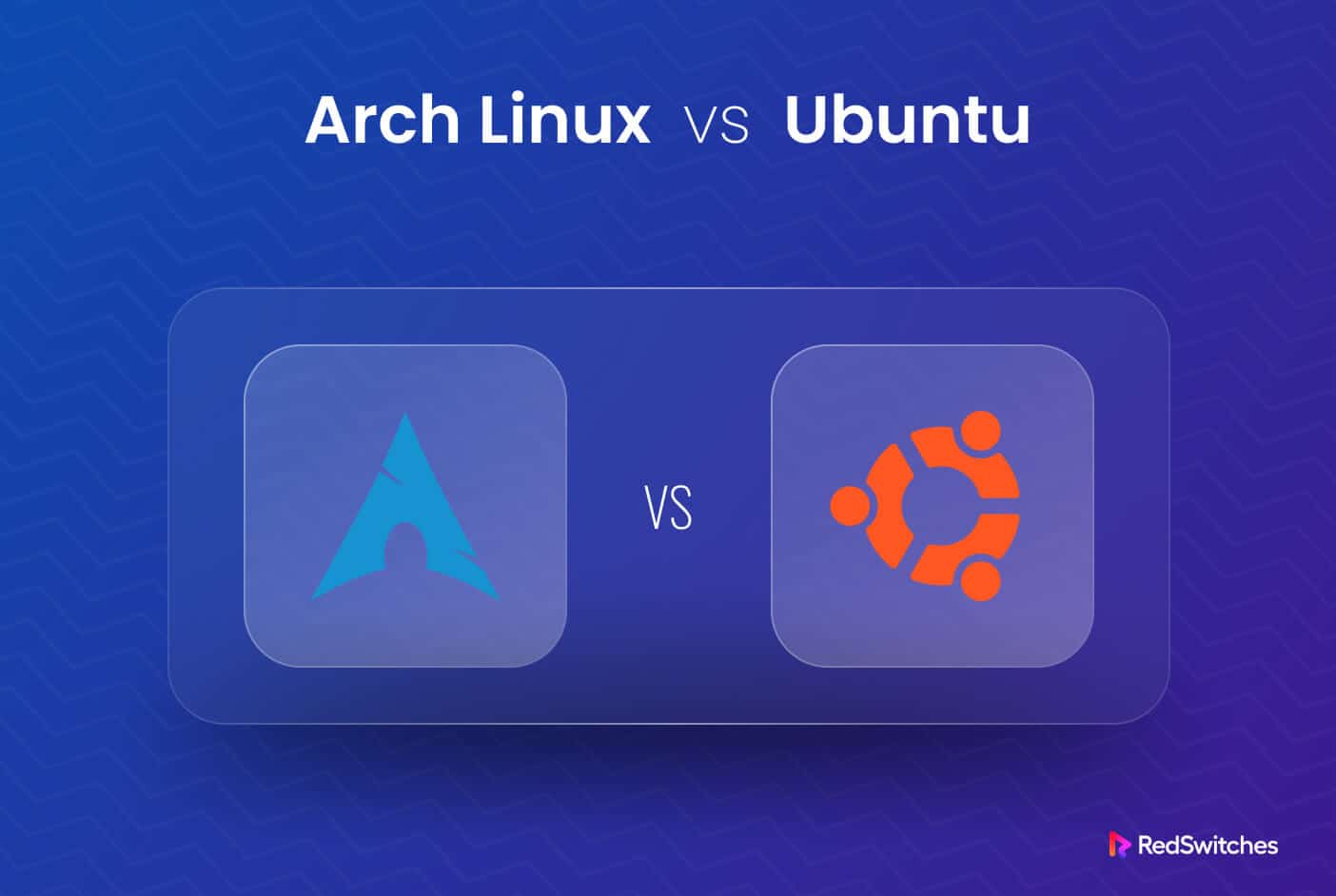Arch Linux Vs. Alpine: Lightweight Systems Compared

Executive Summary

Arch Linux and Alpine Linux are two popular lightweight Linux distributions known for their simplicity, speed, and efficiency. While Arch Linux is a general-purpose distribution suitable for a wide range of users, Alpine Linux is specifically optimized for embedded systems and containers. This comparison explores the key differences between the two distributions, covering aspects such as package management, security, ease of use, and use cases.

Introduction
Lightweight Linux distributions have gained significant popularity due to their minimal resource requirements and fast performance. Arch Linux and Alpine Linux are two prominent contenders in this category, each offering unique strengths and trade-offs. By comparing these distributions across various parameters, this analysis aims to help users make an informed decision based on their specific needs.
Package Management
Arch Linux:
- Arch User Repository (AUR): Vast community-maintained repository with a comprehensive collection of packages.
- Rolling Release Model: Continuous updates without major version bumps, ensuring up-to-date software.
- Pacman Package Manager: Versatile tool for installing, removing, and managing packages.
Alpine Linux:
- Alpine Package Keeper (APK): Simple and efficient package manager tailored for embedded systems.
- Static Binaries: Pre-compiled binaries minimize runtime dependencies and security vulnerabilities.
- Minimal Package Set: Focus on providing only essential packages, reducing bloat and optimizing performance.
Security
Arch Linux:
- Rolling Release Model: Regular updates ensure the latest security patches and vulnerability fixes.
- Community Involvement: Active community involvement contributes to security reviews and vulnerability reporting.
Alpine Linux:
- Static Binaries: Reduced attack surface, as fewer runtime dependencies are loaded.
- Grsecurity/PaX Patching: Enhanced security measures protect against buffer overflows and other exploits.
- Security-Oriented Focus: Alpine’s design prioritizes security, ensuring a robust and hardened system.
Ease of Use
Arch Linux:
- Manual Configuration: Requires manual configuration for installation and system maintenance.
- Steep Learning Curve: Not recommended for beginners or users unfamiliar with Linux environments.
Alpine Linux:
- Simplified Setup: Easy-to-follow installation process with a user-friendly setup wizard.
- Alpine Package Management: Simple and straightforward package manager with well-documented commands.
Use Cases
Arch Linux:
- Desktop Environments: Ideal for users seeking customizable and flexible desktop experiences.
- Development and Testing: Robust platform for software development and testing environments.
Alpine Linux:
- Embedded Systems: Optimized for constrained environments, such as routers, network storage devices, and IoT systems.
- Containers: Suitable for creating lightweight and portable containerized deployments.
Conclusion
Arch Linux and Alpine Linux represent distinct approaches to lightweight computing. Arch Linux caters to users who value customization and a rolling release model, while Alpine Linux emphasizes security, simplicity, and efficiency. The choice between these distributions ultimately depends on the specific requirements and preferences of the user. Both distributions offer strengths in different areas, making them compelling options for a wide range of applications.
Keyword Phrase Tags
- Lightweight Linux Distributions
- Arch Linux
- Alpine Linux
- Package Management
- Security

Arch Linux is the best! It’s so fast and up-to-date. I’ve been using it for years and I’ve never had any problems.
I tried Arch Linux once and it was a nightmare. It was so unstable and I couldn’t get anything to work. I ended up switching back to Ubuntu.
I’m new to Linux and I’m trying to decide between Arch Linux and Alpine Linux. Can anyone tell me what the key differences are?
Arch Linux is clearly superior to Alpine Linux. It’s more flexible, more customizable, and has a larger community. Alpine Linux is just a stripped-down version of Arch Linux that’s not worth your time.
I use Arch BTW.
Oh yeah, Arch Linux is great. Just make sure you have a backup plan when it inevitably breaks.
I tried to install Arch Linux once and I ended up with a broken computer. Then I tried to install Alpine Linux and I ended up with a broken computer. So I guess I’m just not cut out for lightweight Linux distributions.
Arch Linux is a great choice for users who want a fast and bleeding-edge distribution. Alpine Linux is a great choice for users who want a more stable and reliable distribution. Ultimately, the best choice depends on your individual needs and preferences.
I disagree with the author’s conclusion. I think Arch Linux is a better choice for most users, even those who want stability. Alpine Linux is too limited and doesn’t have the same level of support as Arch Linux.
I’m using Arch Linux on my laptop, my desktop, and my server. I’ve never had any problems with it. It’s the best operating system I’ve ever used.
Oh, you’re using Arch Linux? I’m so sorry to hear that.
I tried to install Arch Linux once and I ended up with a broken computer. Then I tried to install Alpine Linux and I ended up with a broken computer. So I guess I’m just not cut out for Linux.